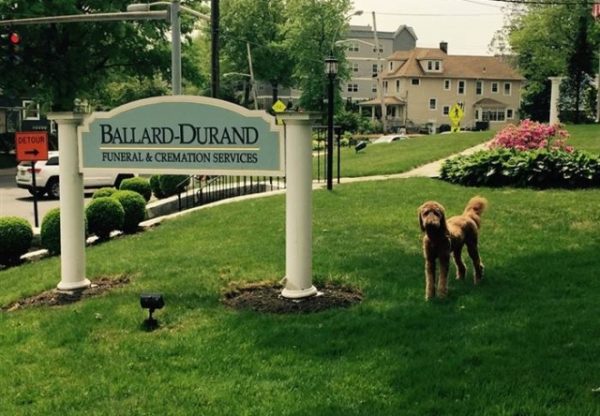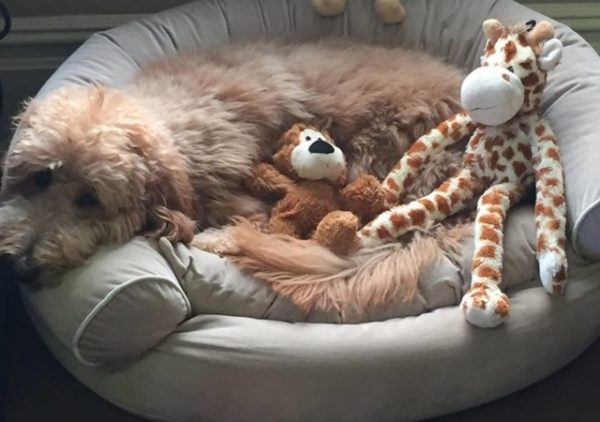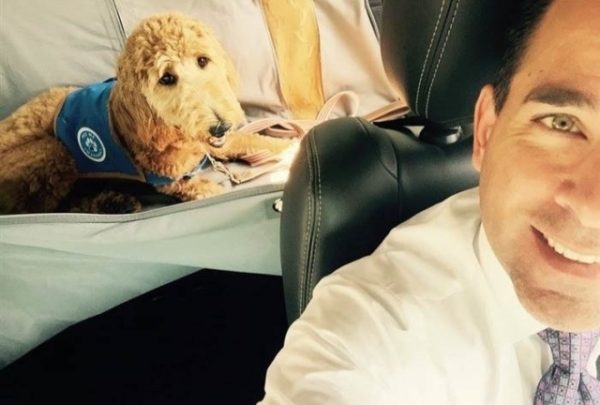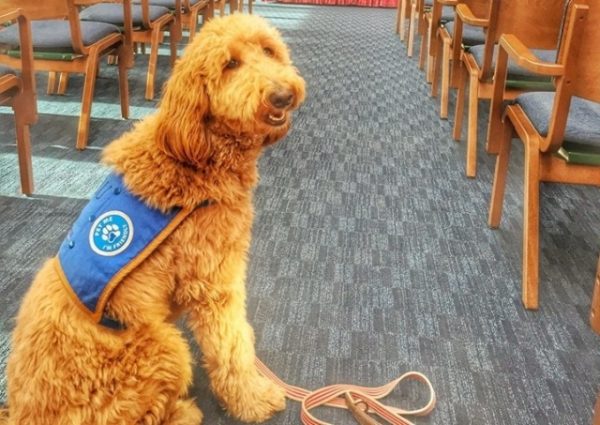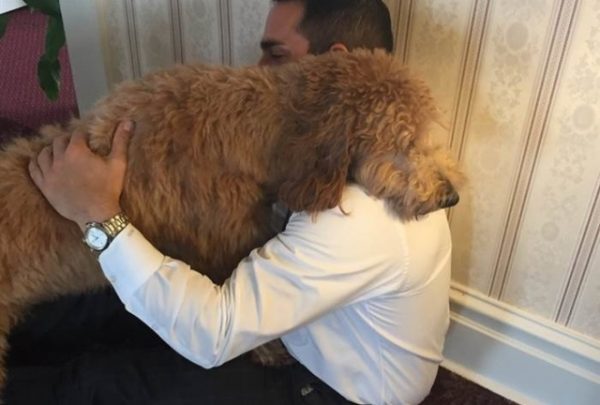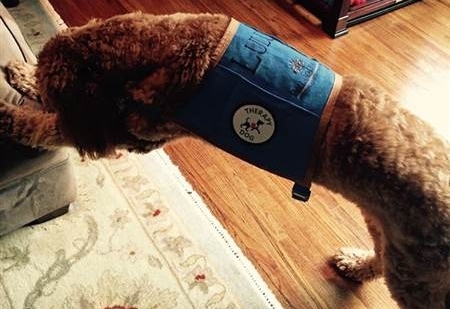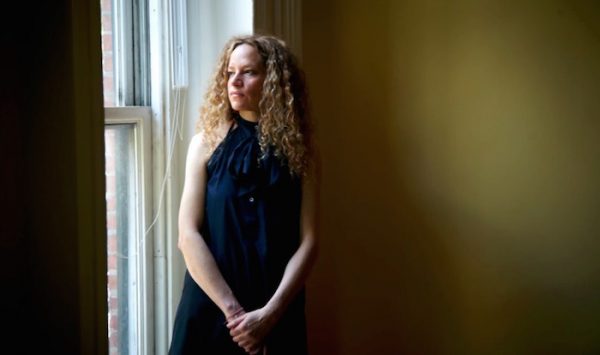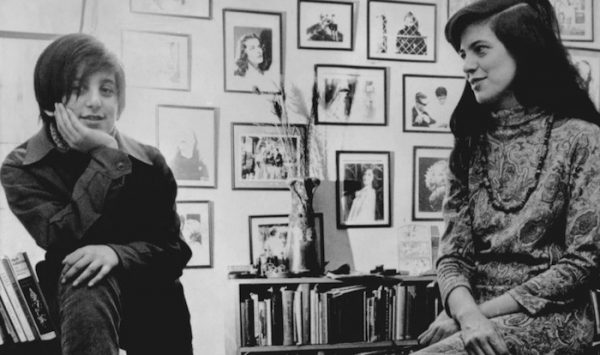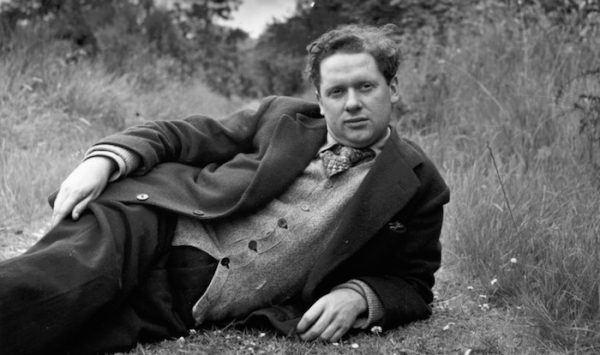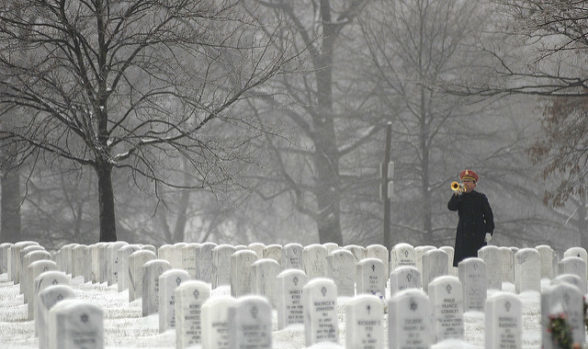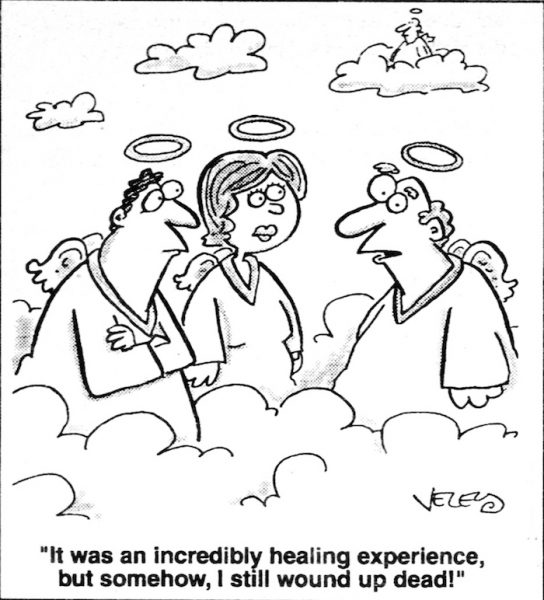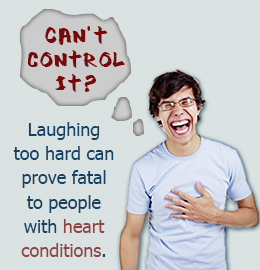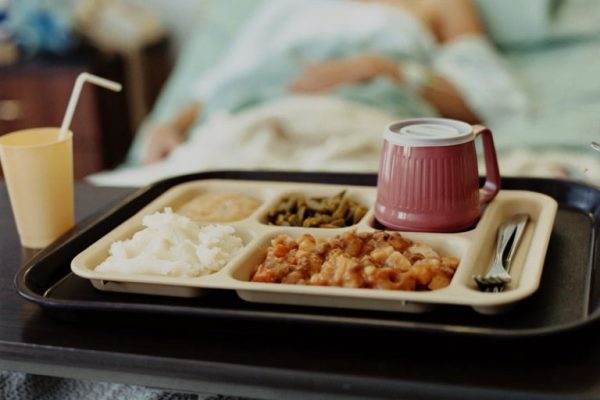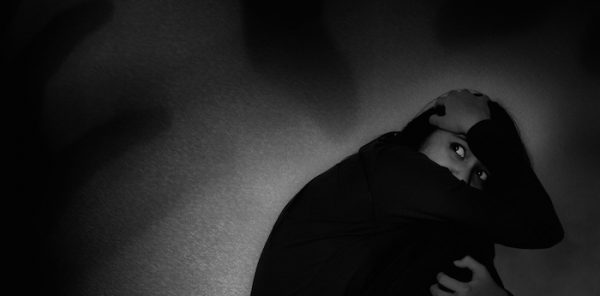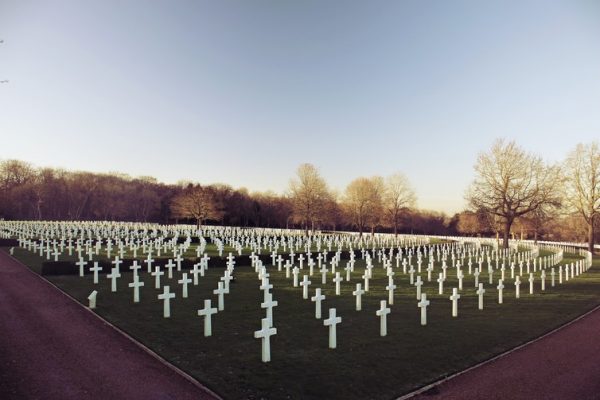By MARY BROPHY MARCUS

Heart disease and cancer still top the list as the leading causes of death in the United States, but the gap is closing between the two. A new report out from the Centers for Disease Control and Prevention looks at the shifting trends in Americans’ health and mortality, and the conditions most likely to take lives.
In 2014, a total of 2,626,418 deaths were reported in the United States, and the age-adjusted death rate decreased 1 percent to a record low.
Bob Anderson, chief of the CDC’s Mortality Statistics Branch, told CBS News the 15 leading causes of death in 2014 remained the same as in 2013.
“We all have to die of something at some point. When you’re looking at these categories you have to account for the fact that there are competing risks, but you can’t avoid death,” said Anderson.
Why the list, then?
“We want to create a society where we live as long as we can, as healthy as we can,” he said. Crunching the data provides researchers with information that will help develop prevention programs, he explained.
Anderson, who oversaw the production of the National Center for Health Statistics report, shared some insights into the top ten:
1. Heart disease
While heart disease has topped the list for years now, the actual number of deaths and the death rate for heart disease has come down by quite a bit over recent decades, said Anderson.
“The decline goes back about 50 years. For trends in heart disease, you see a substantial increase from the beginning of 20th century to 1950 or so, and then it starts to come down. It mirrors the rise and decline in smoking in the United States
“What we’ve seen in last 20 or 30 years is rapid decline in heart disease. The decline has been fairly rapid and rapid enough so it’s sort of overshadowed the aging of the population,” said Anderson.
However, a new study published this week in JAMA Cardiology, by Kaiser Permanente researchers, shows that the decline in deaths from heart disease and stroke has slowed, nearly leveling out since 2011.
2. Cancer
Cancer has seen a gradual rise in deaths over time although death rates have declined gradually since 1990. While smoking cessation’s perks were pretty quickly reflected in a drop in heart disease-related deaths, the increasing number of cancer deaths reflect the longer term damage smoking can do, as well as a growing aging population.
“Cancer tends to occur a little bit later, it’s a more chronic issue. It kills you later than heart disease does on average,” said Anderson. “You see this increase in cancer mortality — a lot of it is lung cancer.”
He noted that the gap between heart disease and cancer deaths has narrowed substantially over time.
3. Chronic lower respiratory diseases
Chronic obstructive pulmonary disease (COPD), largely due to smoking, makes up the majority of deaths in this category. It also includes deaths from chronic bronchitis, emphysema and asthma. Again, smoking earlier in life or throughout life plays a large part in respiratory disease deaths, including secondhand smoke-related illnesses.
4. Accidents
Motor vehicle accidents, unintentional drug overdoses, and accidental falls and other injuries make up this category.
“The largest proportions of these are motor vehicle accidents and drug overdoses,” said Anderson, noting that this category does not include intentional overdoses that lead to suicide. The number of accidental drug-related deaths has been on the rise amid a growing epidemic of heroin and opioid painkiller addiction.
Deaths from motor vehicle accidents declined when seat belts and car seats for kids were mandated. “They have made a huge difference,” he added.
5. Stroke
Cerebrovascular disease, or stroke, is not considered heart disease — it involves blood vessels.
“Stroke is centered on the brain, heart disease is centered on heart. Both infarction, a blockage in blood vessels leading to the brain, and hemorrhage due to things like brain aneurisms, are included,” said Anderson.
This is another category that has dropped substantially, he added.
“For a long time cerebrovascular disease was the third leading cause of death and now it’s at five. Smoking and healthy behaviors and our ability to treat these diseases have had an impact. We’ve gotten very good at treating cardiovascular disease generally and that’s had an impact on both heart disease and stroke deaths. It’s a combination of both prevention and treatment,” Anderson said.
6. Alzheimer’s disease
Alzheimer’s disease has climbed up the list.
“A lot of the increase we’ve seen has to do with better diagnosis. Folks who work on this have come up with better diagnostic criteria. Some of these [deaths] may have in previous years been reported as dementia, which goes to a separate category,” said Anderson.
But not all of the increase has to do with better diagnosis and reporting, he noted.Alzheimer’s risk tends to increase with age, so as there have been substantial declines in heart disease and stroke, more people are living to older ages and developing Alzheimer’s.
7. Diabetes
Diabetes has bobbled up and down on the top ten list over the years.
“It hasn’t changed a whole lot over last 10 years or so. There are different risk factors. Some are inherited, like in type 1 diabetes. Much of type 2 is associated with obesity. Diabetes is also connected with other diseases, such as cardiovascular disease,” said Anderson.
He said diabetes-related deaths are likely under reported — physicians may not make it the primary cause of death on a death certificate, but “if you look at any mention of diabetes on death certificates, cases where it’s a contributing factor, the numbers are much much larger.”
There are about 76,000 deaths caused by diabetes each year, but it is listed as a contributing factor in death on close to 245,000 death certificates annually, Anderson said.
8. Influenza and pneumonia
“You have to be careful here,” Anderson said. “These are not all flu-related deaths. We combine influenza and pneumonia because we use this combination category for flu mortality surveillance. Perhaps as much as 20 percent of deaths in this category are actually associated with the flu. A lot of these deaths are elderly folks who, say, have a stroke and are in the hospital and may develop pneumonia from being in a static position.”
He said that the deaths that specifically mention flu tally only about 3,000 to 5,000 deaths a year. The deaths in this category associated with flu tend to fluctuate by flu season, but the numbers due solely to pneumonia stay pretty stable over time.
“The fluctuations in this category help us determine the effects of flu season on mortality. So that’s why these two are combined,” he explained.
9. Kidney disease
This category includes chronic kidney issues, including kidney failure or end-stage renal disease.
“A large proportion of this category is renal failure. Some are probably related to diabetes in some way, or heart disease and heart failure, and high blood pressure. It’s always been on the second half of the list, at least in recent memory,” Anderson said.
10. Suicide
Suicide is the nation’s 10th leading cause of death, and the number of cases has been on the rise. “The rate of suicide has gone up nearly steadily since 1999,” Sally Curtin, a statistician with the National Center for Health Statistics at the CDC, said when the latest figures were released this spring.
“It has typically been there between number 10 and 15, but occasionally it has popped up into the top ten and it’s something we’re keeping our eye on,” said Anderson.
Other causes
Blood poisoning, chronic liver disease and Parkinson’s disease didn’t make the top 10 list, but aren’t far behind.
“Parkinson’s is a fairly important category. It’s one of those that’s gone up — the numbers have increased over time,” Anderson said. It wasn’t on the list in the year 2000, for example.
A study out earlier this year also suggested medical errors can be blamed for a significant number of deaths each year, although they were not included on this list. Anderson said many physicians likely do not report medical errors on death certificates.
Another significant cause of death, HIV/AIDS, has been declining since its peak in 1995, but the disease still takes a high toll among men in certain age groups. For men ages 25-34, HIV/AIDS was the 8th leading cause of death in 2014.
Life expectancy
The report also found that life expectancy at birth is 78.8 years, unchanged since 2012. Life expectancy rose for black males, Hispanic males and females, and non-Hispanic black males. Life expectancy shrunk for non-Hispanic white femalesfrom 2013 to 2014, possibly due to a rise in opioid use and suicide.
Preliminary data for 2015 suggest the death rate is going up. The Centers for Disease Control and Prevention posted the numbers earlier this month. They are based on a preliminary look at 2015 death certificates. The overall death rate rose to nearly 730 deaths per 100,000 people last year, from about 723 the year before.
“I think, ideally, what we would like to see is people living well into their nineties and even early 100s in relatively good health, and dying as things just kind of wear out. That’s what I’d like to see,” Anderson said. “That’s one of the reasons for creating these lists.”
Complete Article HERE!


